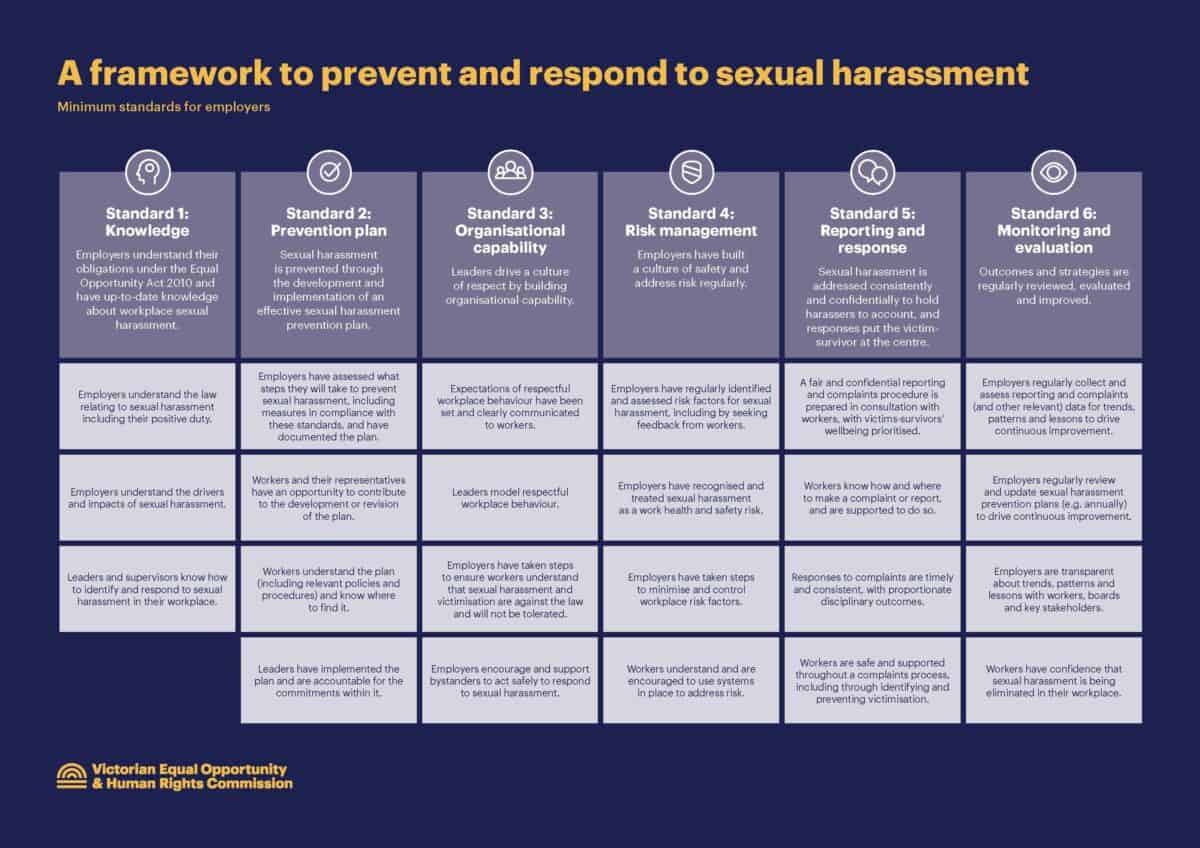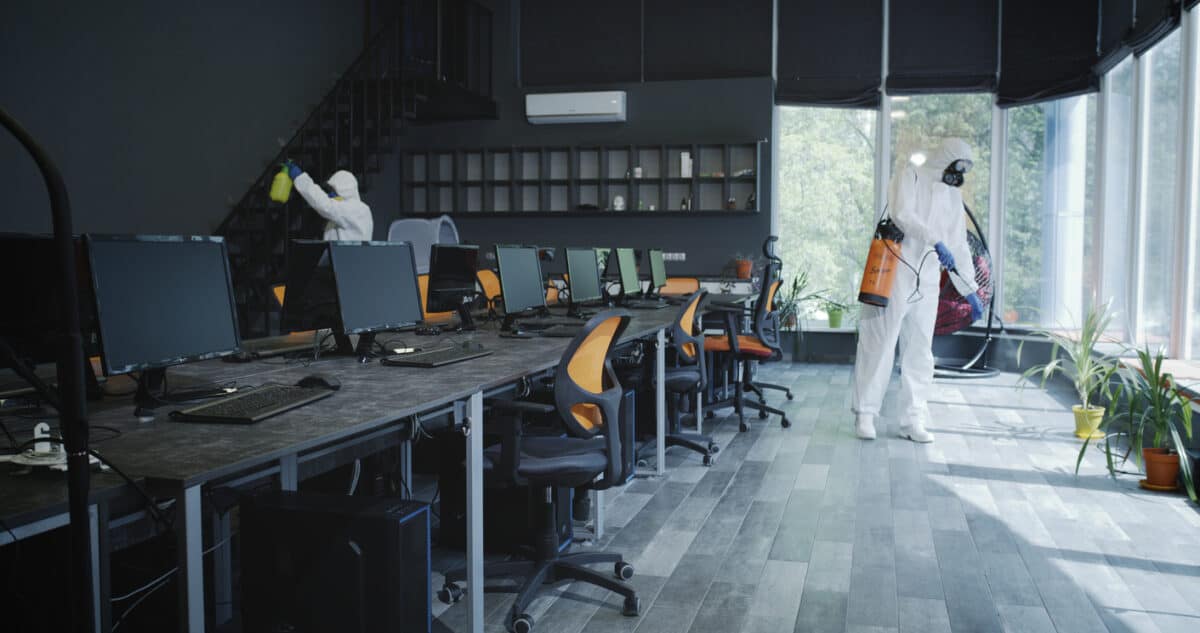The Australian Chamber of Commerce and Industry (ACCI) has released a guide for employers on managing sexual harassment in workplaces. It contains a lot of helpful information, but it also illustrates the self-imposed limits that business has on preventing workplace psychological hazards. To a lesser extent, it is downplaying the preventative role of occupational health and safety (OHS).
Category: risk
OHS is a key process for control of COVID
It is always important to note when those outside the traditional occupational health and safety (OHS) networks speak in favour of OHS and its critical role in business decisions.
On September 20 2021, ABC’s Mary Gearin spoke with Emeritus Professor Malcolm Sim of Monash University about the likelihood of mandatory vaccinations on the ABC Drive program. Sim said:
Continue reading “OHS is a key process for control of COVID”Avoiding COVID-19 distractions is essential
Recently Australian law firm Herbert Smith Freehills conducted a webinar on mandatory vaccinations. (2,000 attendees = hot topic) This workplace issue is moving quickly in each Australian jurisdiction and almost every day. There was some helpful advice in this seminar that was, thankfully, not reliant on case law and the avoidance of occupational health and safety (OHS) liability. Below is a discussion of some of the self-analysis and risk assessment that all employers should undertake to manage their workforce through COVID-19.
Off-centre perspectives can offer great potential
The Australian government has failed to follow through on its early promises to provide a framework for employers to prevent and reduce sexual harassment in their workplaces. This failure is being interpreted as revealing something about employers’ attitudes to occupational health and safety (OHS) and their own legislative duties.
Employers (and other groups on non-OHS issues) who look to the government for guidance on issues that already have legislative requirements are looking to avoid the social and legal obligations that have usually existed for years. Sexual harassment is an excellent example of a workplace matter getting some serious attention regardless of the government’s inaction. A recent podcast by Maddocks lawyers Catherine Dunlop and Tamsin Webster is part of that attention.
Mandatory vaccinations without making vaccinations mandatory
In a little over a month, the Australian conversation about mandatory vaccinations at work has changed dramatically. In early August, food processing company SPC was treated suspiciously over its requirements for its workers, customers, and contractors to be vaccinated against COVID-19. Recently, the New South Wales Premier, Glady Berejiklian, required vaccinations for workers to move outside of certain residential locations. And today, the Victorian Health Minister, Martin Foley, has all but made vaccinations mandatory for the construction industry.
As Berejiklian has shown, you don’t need to impose mandatory vaccinations to make vaccinations mandatory.
Continue reading “Mandatory vaccinations without making vaccinations mandatory”“Too little, too late” but potential in primary prevention
On Australia’s Women’s Safety Summit, Wendy Tuohy contemplated, in The Age, after the first day;
“It may turn out to be too little, too late, but if there’s real commitment behind Morrison’s lines, we could conclude it’s a start.”
There are few signs of Prime Minister Scott Morrison’s commitment. Women will continue to work in companies and workplaces where they are at risk of psychological harm from sexual harassment and physical harm from sexual assault. Occupational health and safety (OHS) laws offer a harm prevention option that nobody seems keen to consider.
Back to the old office in a new world
Many employers are rattling around floors of empty offices while their employees are working remotely or at home and almost entirely due to modern telecommunications. This has not been at the request of employers but due to government lockdown requirements. The push to have workers return to multi-storey offices is reflective of the desire to return to normal rather than accepting that established business structures have been rendered impractical or unfeasible for the coronavirus future.
A recent article in the New York Times illustrates this new circumstance well. The article, titled “New surveys show how pandemic workplace policies are shifting“, says that the major information technology companies in the United States that every business seems to want to emulate even though their practices are very questionable are continuing to postpone the return of workers to bricks and mortar (or glass and stainless steel) offices. The NYTimes article is the first to discuss this phenomenon and its relation to mandatory vaccinations.







